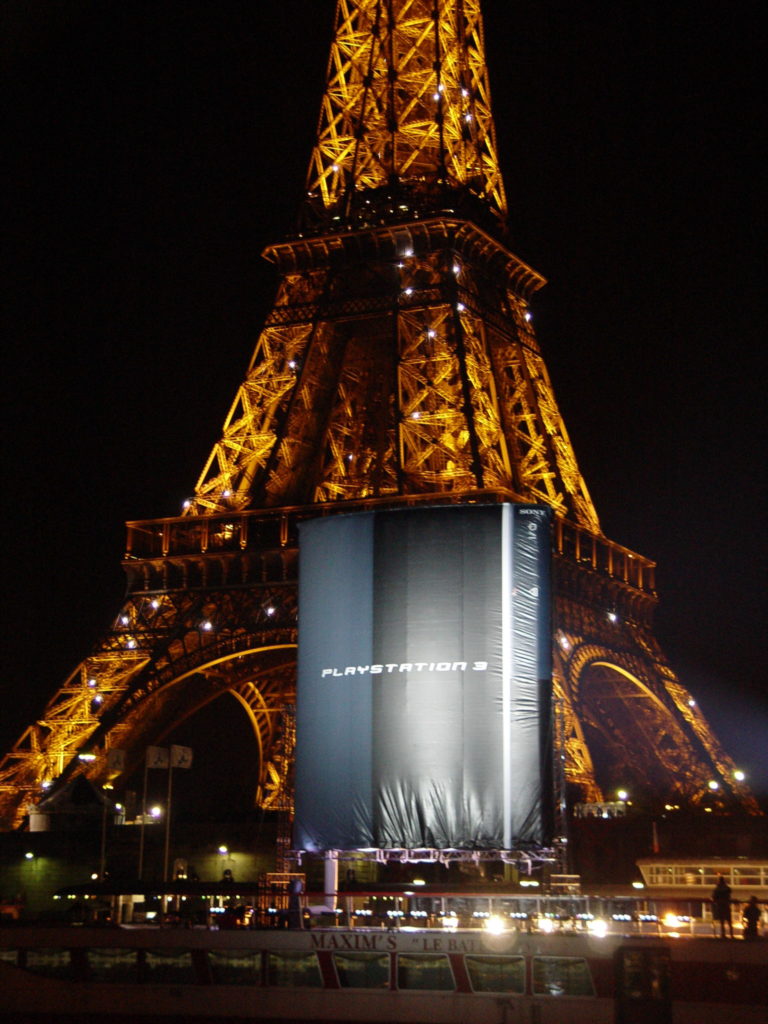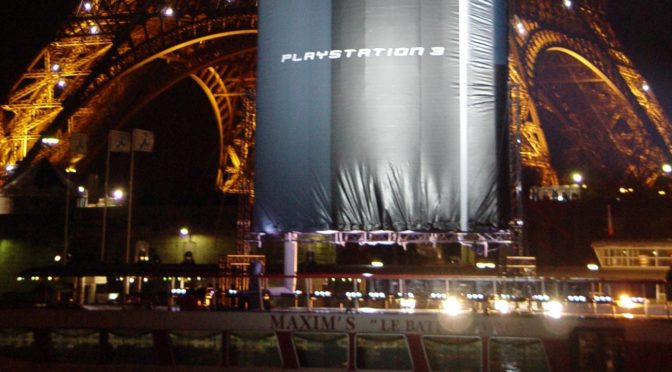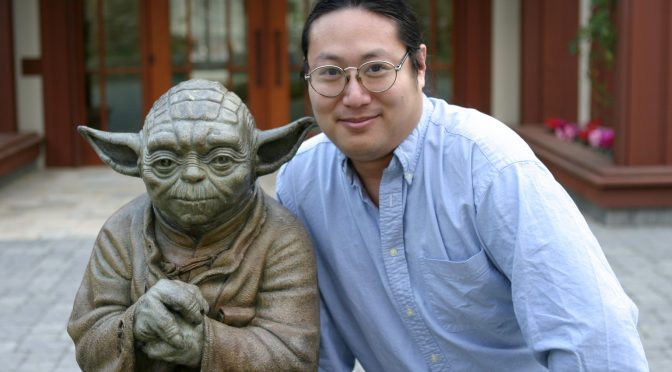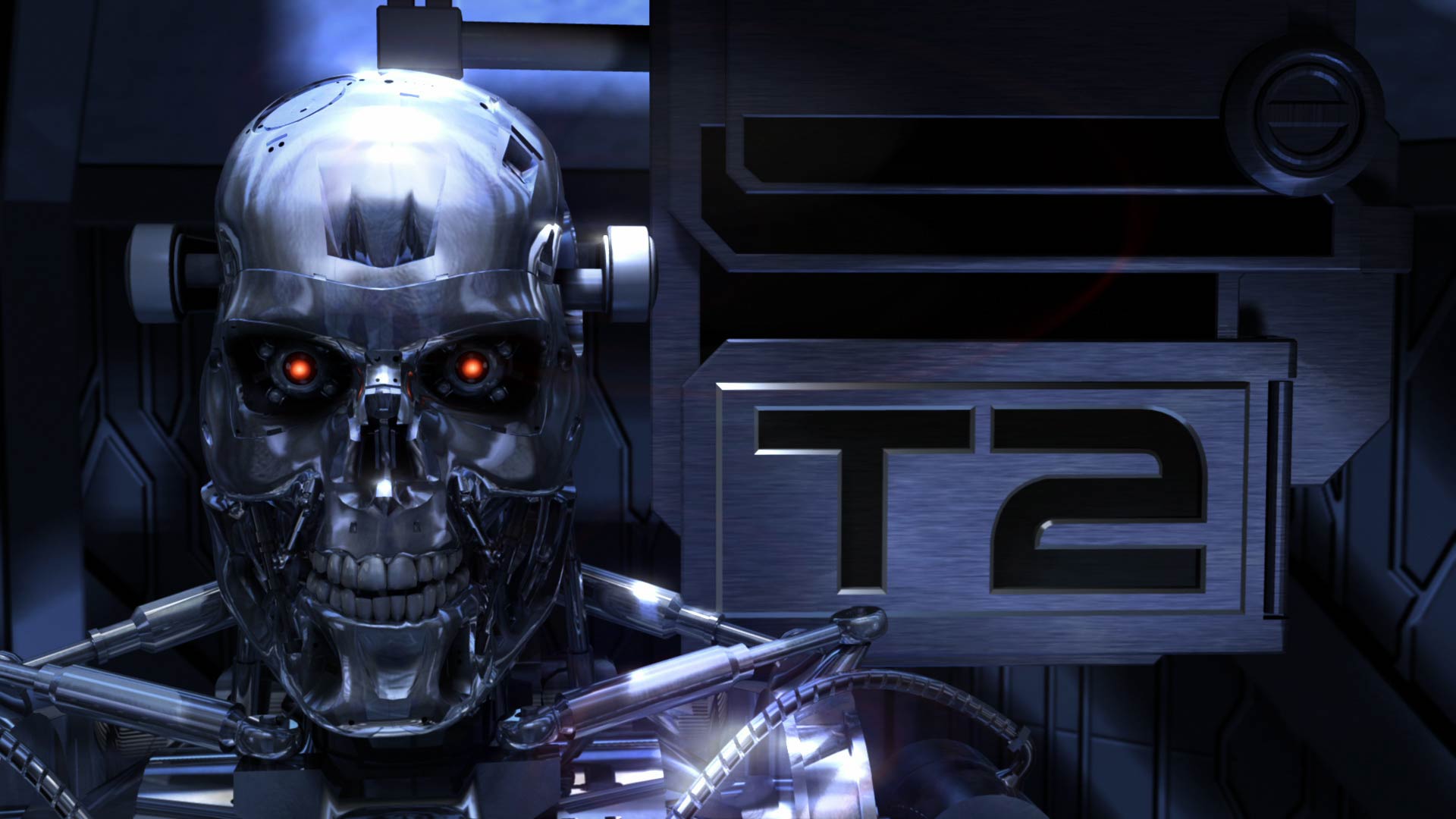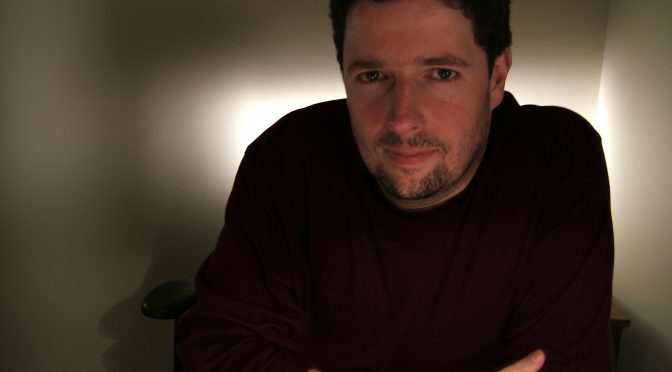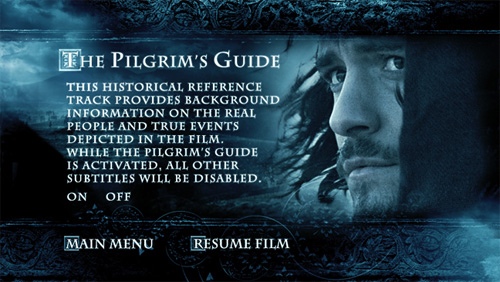The press should’ve seen it coming. Sony should have seen it coming. No need for a national poll. Just a few questions here and there, checking the forums. And, why not, checking the weather thru the global warning alert channel. Because the PS3 may be launching on a spring date, with a temperature between 0 and 5 degrees Celsius during the night, this is winter. And who wants to wait several hours in the freezing cold for a 599 € machine?
The first question by a televiewer that popped up Wednesday 22 on the French 24/7 news network LCI, during a talk show where the PS3 launch was squeezed between analysis of the hot presidential campaign, was more of a complain than a question : the PS3 is too expensive. Everybody knew.
In Paris, two days before launch, it was still possible to make a guaranteed PS3 reservation for the first day, or night. Videogame chain store Games, asked for a 50 € deposit (US$ 66), as the Virgin Megastores. For the same 50 € deposit, the other big French videogame chain store Micromania offered a second year guaranty. Implying that in France, the PS3 is under a one year guaranty from Sony. Several of those stores stayed opened past midnight to sale the long due Sony console. Fnac, the most important book, DVD, music and videogame chain store in France (72 nationally, 119 in Europe and Brazil) which is holding the official event for the night launch, was still asking 120 € (US$ 160) deposit for a reservation.
Although, on the Champs-Elysées Fnac store, where the launch event started Thursday at noon with PS3 playable demonstrations, you could buy the full PS3 price (599 € / US$ 800, thanks to the euro/dollar change) in exchange of a ticket that allowed you to skip the cash register at midnight and get your PS3 as fast as possible. When asked, most stores confirmed the day before that even without a reservation, anybody could come and get a console. The small Fnac store located on the famous Bastille place revealed having 5 reservations and 36 PS3 units in stock. 60 000 PS3 have been reserved from the 100 000 units shipped to France says Sony, “more than the PlayStation 2 and the PSP when they launched”. And 150 000 units total will be available in the next ten days. No shortage for once, the late launch is offering Europe first easy to get PlayStation.
One thing is clear, Sony did its best to get the media’s attention. You can’t pick more renown spot in Paris that Les Champs-Elysées where all consoles are launched, and then on a Louisiana like paddle boat at the feet of The Eiffel Tower. On a communication point a view, it’s probably what Sony needed to beat the Microsoft incredible fireworks that illuminated the sky of L’Arche de la Défense in Paris little Manhattan quarter La Défense, for the launch of Windows Vista last January.
To start the festivities, the media were invited to come and see the activities at the Champs-Elysées Fnac store at 7pm. But neither the MotorStorm or Resistance or Formula One demo gathered more than a handful of peepers. Already, there were more media people around than declared PS3 buyers. Outside the store, right on the large side walk of “la plus belle avenue du monde”, security people in red jackets were ready to guard a big line of PS3 lovers that were not showing up. At 8pm, only one young man supposedly started to officially wait for the midnight launch. All craving cameras and microphones turned to him. But he didn’t have anything to say.
Next rendez-vous was at the Suffren port on the Seine river, just by the Eiffel Tower, where the Louisiana Bell Boat was waiting. The large embankment was ready to welcome thousands of people. A big screen outside was showing some clips and the popular French movie OSS 117 which was just released on Blu-ray.
By 9h30 pm, only a few dozens young people were waiting for their console. When asked, they revealed that any one real buyer was surrounded by one or more friends that wouldn’t buy the console themselves. They didn’t care for the Blu-ray player and yes, they thought the PS3 price was too high. But “the Sony console is something special, a high class product”, conceded one young worker with enough cash in his pocket and a Plasma screen al(HD)ready at home.
The president ot the Fnac group was supposed to make a speech but left before doing so. Long time General Manager of Sony Computer France Georges Fornay was also supposed to show and tour the temporary store boat with the media. But if it happened, it was in front of a few selected TV cameras. Despite the 15 cash registers ready, the ad hoc store in the boat was too small for any tour anyway.
At 10 pm, a majority of smiling journalists received on their mobile phones a written message whishing them a good evening from the “Team Xbox”. Later, people outside started to run and scream. A large illuminated and trumpeting boat was passing by with Xbox 360 giant logos all over. Microsoft became the instantaneous uninvited star of the evening.
At midnight no doubt was possible anymore. No more than 50 people only were actually queuing for a PS3. More than 100 media people were trying to get an image or an interview worthwhile. They were the crowd. The first official buyer didn’t get any gift from Sony, not even it’s console ecause his Visa Card didn’t work ! The second buyer was suddenly surrounded by way too many cameras and microphones. He didn’t have much to say. All in all, maybe 50 PS3 were sold by the river, over the 1000 planned by Sony.
What probably started as a cool idea became a fatal blow for the PS3 launch in Paris. By moving the media attention out of the usual spot on Les Champs-Elysées, and by trying and failing to gather several hundred so called privileged consumers to buy a limited numbers of PS3 under the Eiffel Tower far from all the regular lights of the city, the midnight momentum lost its focus. And the small temporary Fnac store on boat with a huge inflatable PlayStation 3 on top that sailed, for the photographers, way too slowly under the lights of The Eiffel Tower, became a joke when the surprise Xbox 360 barge came and went two more times with all lights on with 4 or 5 people on board shouting and weaving the sleepy Sony crowd for attention. Sony just created it’s own Titanic, and the PS3 boat metaphorically sank a dreadful night of march in Paris.
François Bliss de la Boissière
(Publié le 22 mars 2007 sur le magazine en ligne NEXT GENERATION)
